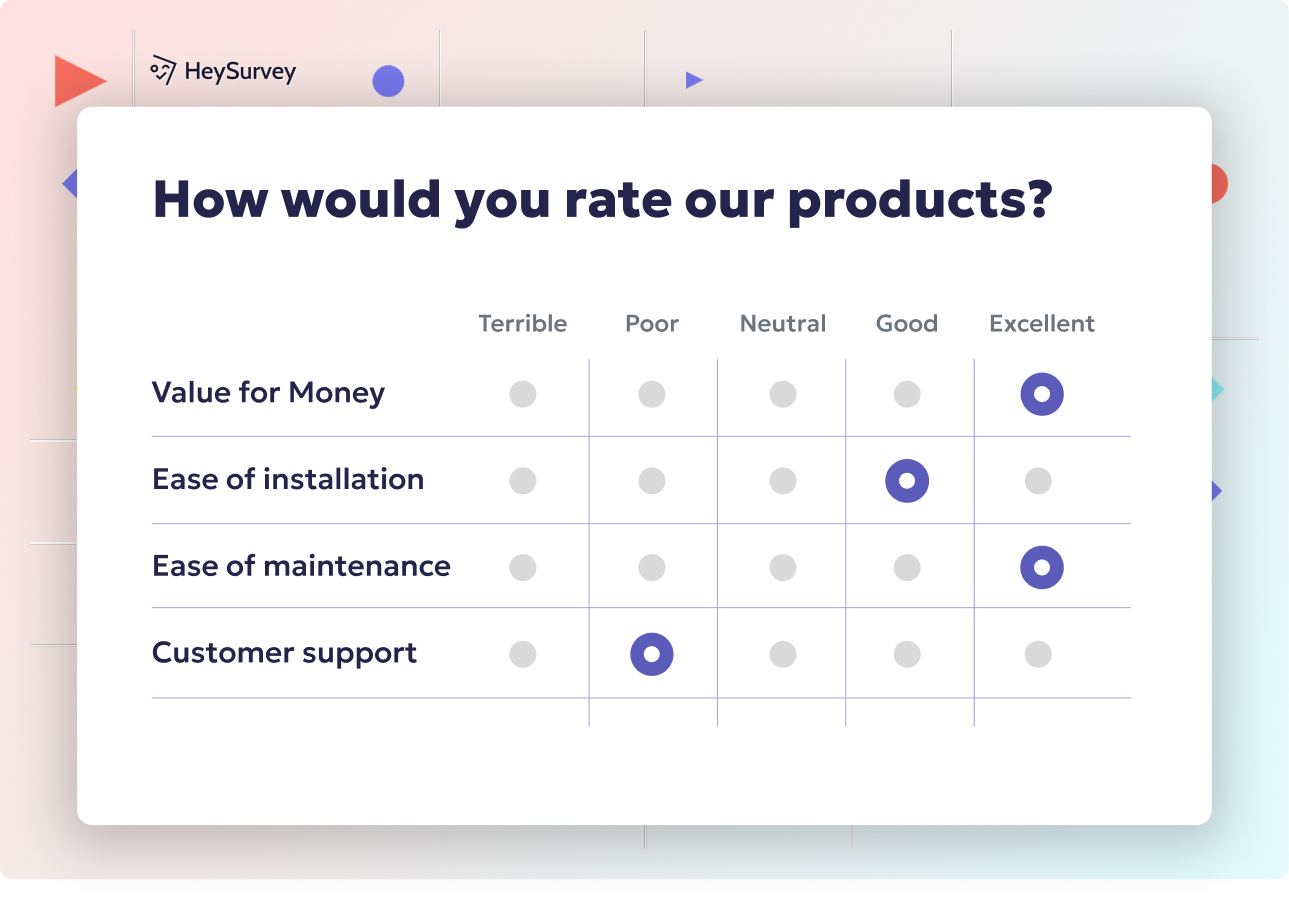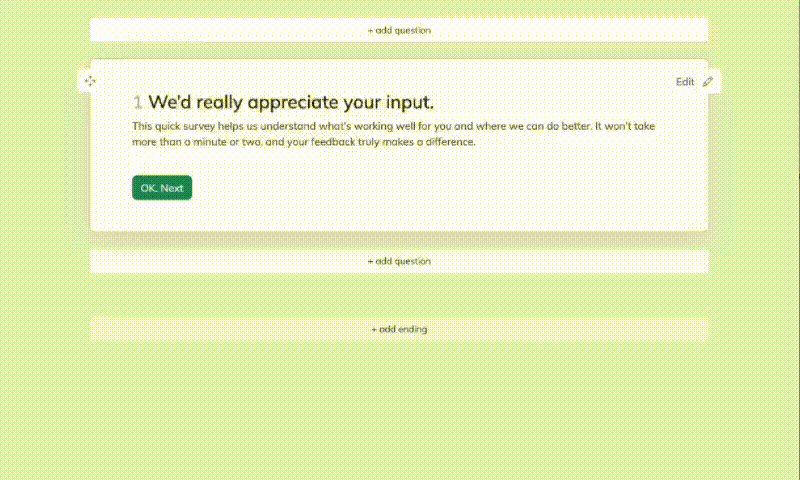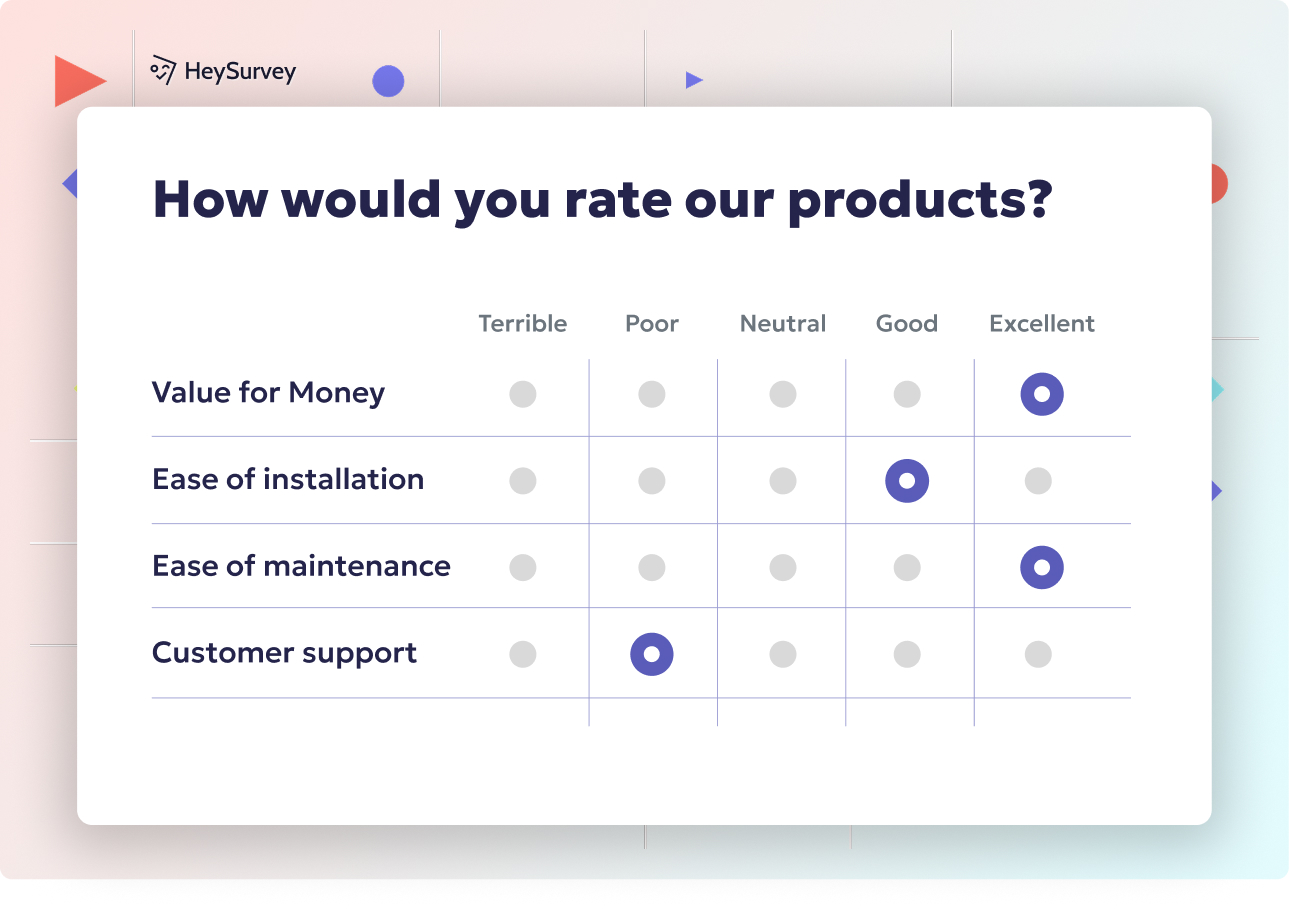31 Nurse Satisfaction Survey Questions: The Complete Guide
Explore 30 nurse satisfaction survey questions across job satisfaction, leadership, work-life balance, and more for actionable nursing insights.
Nurse satisfaction is the hidden heartbeat of every top hospital. When nurses feel heard and valued, research shows patient outcomes soar, turnover drops, and financial performance improves. But how do teams truly measure what matters to their nurses? Targeted surveys uncover the real story. This guide walks you through essential survey types, ready-to-use questions, and expert tips—everything you need to craft nurse satisfaction surveys that turn insight into action.
Job Satisfaction Surveys
Understanding Job Satisfaction for Nurses
Job satisfaction in nursing goes far beyond liking what you do. It’s a mix of autonomy, recognition, fair workload, and feeling like your skills matter every shift. When nurses feel satisfied, hospitals see turnover decrease and engagement climb.
High-performing workplaces notice that:
- Nurses with greater autonomy are more likely to stay and less likely to burn out.
- Ongoing recognition—even in small forms like thank-you notes—boosts morale and drives commitment.
- Realistic workloads protect well-being and cut costly overtime or agency use.
Hospitals that get this formula right often land in the spotlight with lower vacancy rates and better patient reviews. Leaders see fewer exit interviews, less sick time, and a culture that attracts top-tier talent.
Why & When to Use This Survey Type
Use job satisfaction surveys like a weather vane for your workforce. The best timing usually includes:
- Quarterly check-ins to keep a steady pulse, not just annual surprises.
- After onboarding or a big orientation class to catch early warning signs.
- Following major policy changes when routines, roles, or tools shift.
Catching low satisfaction early gives leaders a chance to intervene before turnover spikes. Early signals, like nurses feeling undervalued or stretched thin, point to root problems.
5 Sample Job Satisfaction Questions
How satisfied are you with your current patient-to-nurse ratio?
To what extent do you feel your clinical skills are utilized?
How often do you receive recognition for excellent care?
Rate your overall job satisfaction on a scale of 1–10.
Would you recommend this unit as a place to work?
Each question targets a unique driver of job happiness—from caseload and appreciation to a sense of pride in the workplace. Use open comments to let nurses share specific stories or suggestions.
A study found that nurses' job satisfaction is significantly influenced by factors such as salary, benefits, and workload. (pmc.ncbi.nlm.nih.gov)
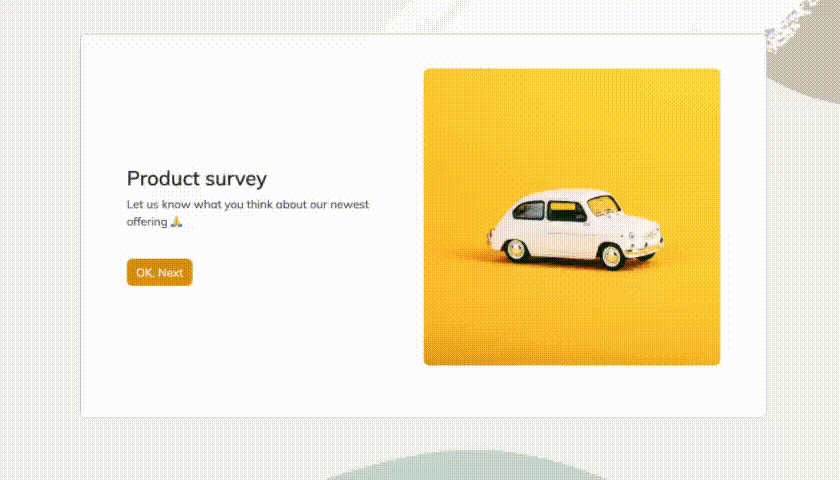
Creating your nurse satisfaction survey with HeySurvey is easy as 1-2-3. Here’s how to get started and get it done—plus some bonus tips to make your survey really shine.
Step 1: Create a New Survey
Begin by logging into HeySurvey (or start without an account if you just want to explore). Click Create Survey, then choose either a pre-built template related to nurse satisfaction or start from an empty sheet if you want full control. Give your survey an internal name in the Survey Editor to keep things organized.
Step 2: Add Your Questions
Next up, click Add Question at the top or in-between existing questions. Pick question types that fit your needs—like Choice for multiple answers or Scale for satisfaction ratings. Enter your question text, add descriptions or instructions if needed, and mark important questions as required so no one skips them. Remember, you can add images or use markdown for formatting to make questions clearer and friendlier.
Step 3: Publish Your Survey
Once your questions are set, hit Preview to see how your survey looks on different devices. Make any final tweaks using the Designer Sidebar for colors, fonts, and layout. When you’re happy, click Publish. You’ll get a shareable link to send to nurses through email, intranet, or messaging apps. Keep in mind—you’ll need a HeySurvey account to publish and track responses.
Bonus Step 1: Apply Branding
Personalize your survey by uploading your hospital or unit’s logo. Use the Designer Sidebar to customize colors, fonts, and backgrounds to match your brand style. This makes the survey feel familiar and trustworthy to your nursing staff.
Bonus Step 2: Define Settings
In the Settings Panel, configure your survey’s start and end dates to control when it’s live. Set a response limit if you want to restrict the number of submissions. Add a redirect URL to guide nurses to a thank-you page or resource after completion. You can also allow participants to view aggregate results for transparency.
Bonus Step 3: Use Branching for Smarter Surveys
Want to skip irrelevant questions or dig deeper based on answers? Use branching to direct respondents through different paths tailored to their responses. For example, if a nurse rates workload as low, branch to follow-up questions about support needs. This keeps your survey concise and relevant, improving response quality.
Ready to jump in? Click the button below to open a nurse satisfaction survey template and start customizing with HeySurvey right now!
Work Environment & Culture Surveys
What Makes a Positive Work Environment?
The work environment goes beyond four walls—it’s a blend of safety, collaboration, inclusivity, and day-to-day morale. When nurses work in a supportive setting, patient safety improves, and staff stick around for the long haul.
Here’s what matters most:
- Physical safety during procedures or emergencies is a nonnegotiable.
- Teamwork powers positive outcomes, especially during high-stress moments.
- Combating bullying and incivility helps everyone thrive, regardless of shift.
- A culture that celebrates diversity ensures everyone feels welcome.
- Clean, stocked units mean less frustration and more energy for care.
When these elements line up, satisfaction climbs and HCAHPS patient ratings often reflect the positive vibe.
Why & When to Use This Survey Type
Deploy work environment surveys after:
- Renovations or space upgrades to check if new layouts really help staff.
- Department mergers or leadership turnovers where cultures combine.
- Upticks in incident or safety reports that point to simmering issues.
Tracking environmental satisfaction reveals where small tweaks—like new equipment, better storage, or clearer policies—can have a big impact. It’s also an early signal for impending culture challenges before they undermine care.
5 Sample Work Environment Questions
Do you feel safe while performing bedside procedures?
How well does your team collaborate during high-stress shifts?
Is bullying or incivility addressed promptly on your unit?
How supportive is unit culture toward diverse staff backgrounds?
Rate cleanliness and availability of needed supplies.
By asking these questions, you invite honest feedback on everyday realities. Detailed responses highlight both big wins and areas for urgent improvement—sometimes all the way down to sticky floors or missing supply carts.
A study in Port Said, Egypt, found that nearly 70% of nurses reported high workloads due to staff shortages, and about 85% felt their salaries were insufficient to cover living costs. (bmcnurs.biomedcentral.com)
Leadership & Communication Surveys
The Role of Nurse Leadership
Nurse–manager relationships can make or break job satisfaction. When leaders are approachable, transparent, and foster true shared governance, nurses report higher engagement and fewer complaints.
Great nurse leadership looks like this:
- Leaders who are easy to approach—no matter how busy.
- Decisions about staffing and scheduling that don’t come as last-minute surprises.
- Regular feedback loops where nurse input actually shapes policies.
- Organization goals that connect the daily grind to a bigger mission.
- Team huddles that focus, energize, and clarify, not just add to the to-do list.
Hospitals known for leadership satisfaction often win Magnet designations and enjoy standout nurse retention.
Why & When to Use This Survey Type
Timing is everything for leadership and communication surveys:
- After leadership changes—especially with new managers or directors.
- During a Magnet application process, when shared governance matters most.
- In response to plummeting engagement or exit interviews citing poor management.
Measuring leadership effectiveness helps organizations promote, coach, or pivot strategies quickly. It’s the secret weapon to turning potential dissatisfaction into loyalty.
5 Sample Leadership Questions
How approachable is your immediate supervisor?
Are staffing decisions communicated in a timely manner?
Do you feel your input is valued during policy formation?
How clearly are organizational goals communicated?
Rate the effectiveness of huddle meetings.
These questions shine a spotlight on two-way communication and whether leadership walks the talk. Expect richer responses—and more creative solutions—when nurses see their words bring real change.
Professional Development & Training Surveys
Investing in Career Growth
Nursing career growth is the runway for talented pros to stay, learn, and lead. Hospitals that fund continuing education, provide mentorship, and build clear career ladders nurture future clinical leaders.
Here’s how career development drives satisfaction:
- Access to specialized training makes nurses feel valued and prepared.
- Robust mentorship programs encourage learning and belonging.
- Financial and scheduling support for certifications sends a clear message: you matter.
- Opportunities for promotion or new roles spark motivation, not stagnation.
With the rapid pace of healthcare change, supporting professional growth is invincible armor against burnout and attrition.
Why & When to Use This Survey Type
Professional development surveys are especially helpful:
- After annual skills fairs, when new techniques and tools debut.
- Post-launch of new technology, like EHR, that demands extra training.
- Following tuition-assistance announcements or other financial perks.
Ask about training and advancement regularly, and you’ll catch early barriers holding back your next great charge nurse or clinical nurse specialist.
5 Sample Development Questions
Do you have access to the training needed for specialized care?
How satisfied are you with mentorship opportunities?
Rate the support you receive for certification pursuits.
Is Continuing Education scheduling flexible with your shifts?
Do you see a clear path for advancement within the organization?
Nurses who see a bright future—and the support to get there—stick around and inspire others to join and grow in your organization.
Nurses who perceive strong career growth opportunities report higher job satisfaction and are more likely to remain in their positions. (bmcnurs.biomedcentral.com)
Work-Life Balance Surveys
The Importance of Wellbeing
The topic of work-life balance in nursing is more urgent than ever. When shift patterns, overtime, and personal time aren’t properly balanced, burnout can sneak in fast—and with high costs for nurses and their employers alike.
Elements of healthy workplace balance include:
- Predictable schedules without constant scrambling or shift changes.
- Overtime that’s manageable, not mandatory or excessive.
- Enough time for breaks and meals, even on the busiest shifts.
- Easy access to—and encouragement to use—earned PTO.
- Ongoing assessment of burnout symptoms, rather than waiting for resignations.
When hospitals listen closely and respond quickly, the cycle of stress and fatigue breaks, and both morale and performance soar.
Why & When to Use This Survey Type
Work-life balance surveys are perfect after:
- Big scheduling changes or new shift models.
- Updates to PTO policy, like carryover rules.
- Noticing a rise in sick calls, burnout complaints, or staff exhaustion.
Regular pulse checks mean quick fixes before small frustrations spiral out of control. They show you care about nurses as people, not just numbers on a roster.
5 Sample Work-Life Balance Questions
How satisfied are you with current shift-scheduling practices?
How manageable is mandatory overtime on your unit?
Do you have enough time for breaks during shifts?
Rate your ability to use earned PTO when desired.
How often do you experience symptoms of burnout?
Honest answers here are gold for nurse wellbeing—and can help you fine-tune policies to reflect what staff really need to thrive both at work and at home.
Patient Care & Safety Perception Surveys
Nurse Perception of Patient Safety
Nurse perceptions of care quality and safety are your best quality-control tool. No one spots patient risks faster than the frontline care team. Their feedback connects directly to improvements in outcomes, standards, and reputation.
Why this matters:
- Staff-to-patient ratios directly impact care quality and incident rates.
- Confidence in the escalation process determines how quickly emergencies are managed.
- Consistent compliance with infection-control protocols keeps everyone safer.
- Feeling empowered to raise safety concerns prevents near-misses from turning into disasters.
- Reliable, up-to-date equipment ensures safe patient handling every shift.
When nurses believe safety is a priority, it shows up in both compliance rates and glowing patient satisfaction scores.
Why & When to Use This Survey Type
Care and safety perception surveys are crucial after:
- Adverse events with focused reviews and action plans.
- Pre-Joint Commission visits to surface gaps before auditors do.
- Regular quality audits to make improvement cycles routine, not reactive.
These surveys make safety a daily conversation, not just a box to check, helping teams spot trends before they become headlines.
5 Sample Care & Safety Questions
Do staffing levels support safe patient care?
How confident are you in the escalation process for rapid response?
Are infection-control protocols consistently followed on your unit?
Do you feel empowered to speak up about safety concerns?
Rate the adequacy of equipment for safe patient handling.
Detailed feedback on these fronts helps you strengthen every rung of the patient safety ladder—and celebrates teams who already make safety their north star.
Compensation & Benefits Surveys
Why Pay & Perks Matter
In the world of nurse retention, compensation and benefits are always in the spotlight. Competitive pay, robust insurance, and fair bonus structures ensure nurses don’t just stay—they stay engaged.
Crucial elements include:
- Salary benchmarking so nurses know they’re valued in a tight labor market.
- Health and dental insurance plans that actually support employees’ needs.
- Meaningful retirement plans that help nurses plan for their future.
- Shift differentials and incentive pay, especially for those putting in nights or weekends.
- Bonus structures tied to both individual and team impact—not just attendance.
Satisfied staff are less likely to look over the fence for greener grass, even in hot job markets.
Why & When to Use This Survey Type
Compensation satisfaction surveys work well:
- Before union or contract negotiations, so changes reflect reality.
- After benefit plan changes, when satisfaction can swing quickly.
- During annual or market reviews, keeping compensation strategies agile.
These surveys surface pay, insurance, and retirement pain points while there’s still time to adjust—helping keep your top talent right where you want them.
5 Sample Compensation Questions
How competitive do you believe your salary is compared to similar roles locally?
Rate your satisfaction with health insurance coverage.
How valuable do you find the retirement plan options?
Is the shift differential adequate compensation for night/weekend work?
Do current bonus structures motivate your performance?
Bringing compensation transparency and responsiveness to the table strengthens trust—and keeps open positions from gathering dust.
Best Practices: Dos and Don’ts for Crafting Nurse Satisfaction Surveys
Creating a high-impact nurse satisfaction survey is both an art and a science. Even the best questions fall flat if the survey feels cumbersome, threatening, or irrelevant.
Do:
- Anonymize responses to promote honesty.
- Use a mix of open-ended and close-ended questions for richer insight.
- Design surveys to be mobile-friendly so busy nurses can respond on breaks.
- Keep it short and focused, ideally under 10 minutes to complete.
- Pilot surveys with a small team before broader rollout to spot confusing questions.
- Time distribution to avoid survey fatigue—think lunch hours, end of shift, or by email.
- Follow up with a brief highlight of results and actions taken—don’t let feedback vanish into a black hole.
- Offer small incentives or recognition (like a coffee card raffle) to increase response rate.
Don’t:
- Use leading or loaded questions that nudge responses a certain way.
- Make it possible to identify staff—true confidentiality breeds true feedback.
- Overwhelm participants with too many questions—focus drives quality response.
- Ignore feedback or fail to show visible action, which erodes trust quickly.
The best surveys become repeating conversations, not one-off checkboxes, making nurses feel respected and genuinely heard.
Conclusion & Next Steps
When done right, targeted nurse satisfaction surveys build a 360-degree understanding of your team’s needs, strengths, and areas for growth. Consistent listening creates a feedback-rich culture and delivers long-term loyalty, not just annual scores. Take your survey strategy up a notch by using user-friendly software, comparing benchmarks, and acting fast on results. Start designing or refining your next nurse satisfaction survey today—your nurses (and your patients) will thank you.
Related Employee Survey Surveys

29 Essential Post Mortem Survey Questions for Project Success
Discover 25+ essential post mortem survey questions to improve projects, boost team morale, and d...
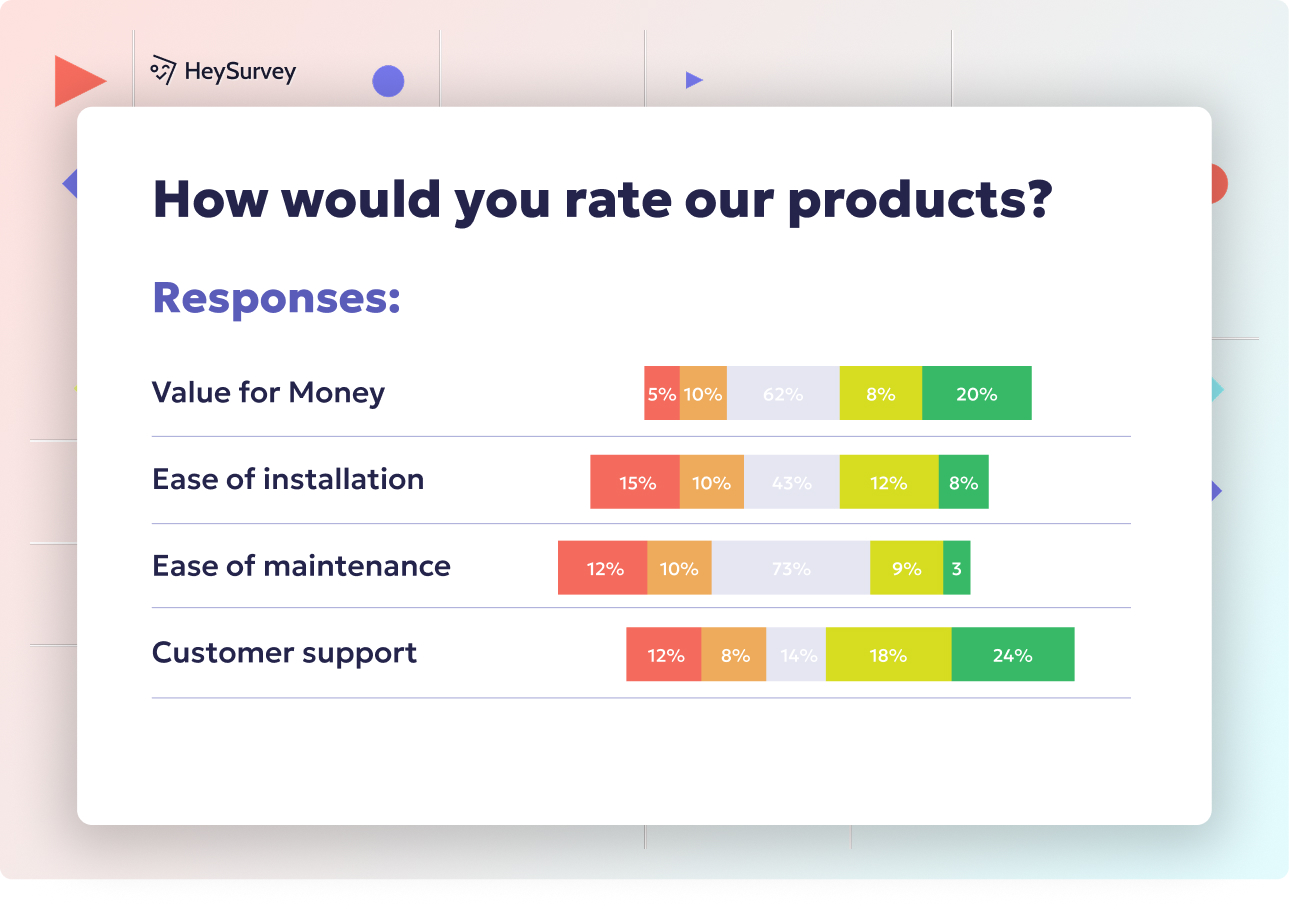
31 Change Readiness Survey Questions to Boost Your Success
Discover 25+ sample change readiness survey questions to assess attitudes, barriers, and confiden...
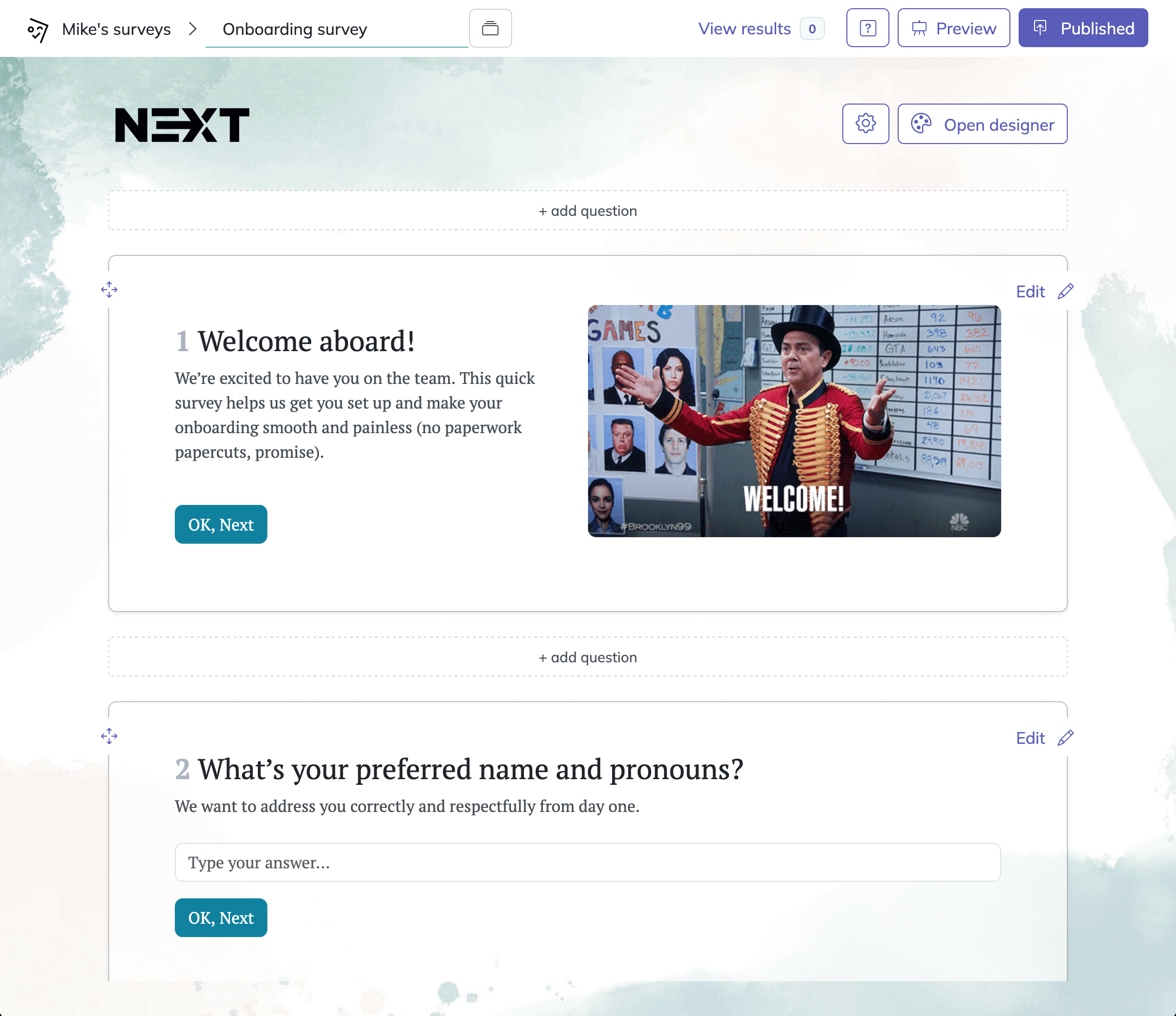
31 Retreat Survey Questions to Collect Actionable Feedback
Discover 26 essential retreat survey questions to gather actionable feedback before, during, and ...
